We had no idea how hard it would be to find a location to keep your boat. We settled on Lakefield Marina since it was close and we really like Lakefield. But most sane people would realize that a narrow river isn’t the best place for a sailboat. We’ve made a lot of mistakes, but still happy with our boat!
OK, if you are planning on getting a boat. Let me quickly set you straight on the proper way to do things. Here is the suggested order:
- Learn to sail
- Try a few sailboats to get a good idea what you like
- Find a good spot to keep your boat. Put your name on the wait list!
- Ensure you have a way to get your boat to the spot you picked in #3
- Hang out at the dock near #3 and talk to the locals on what type of boat works well for the local conditions
- Research, locate, have an expert inspect and then buy a boat
Here’s our order:
- Learn to sail – our dinghy sailing usually ended up with the wrong side of the boat facing down in the water. But, to our credit, we did take a really good Sail Canada Introductory Cruising course. And, this was only because I insisted. Lori just wanted to jump right to the step where we buy a boat.
- We decided on a Macgregor… because we can trailer it, and it has a big motor we can start up if we get in trouble.
- Bought a boat.
Yes, a few problems. Number one, we had no way of bringing the boat home. So we had to borrow the brother-in-law’s big Ford F250 Super Duty.
Next problem was finding a place to store it. We had no idea how difficult this step would be, even trying to find a place to store it on the trailer was difficult. Didn’t realize that even though most of the marinas have tons of boats that just went in the water, the empty trailers were still taking up space. And most marinas have this stupid thing called a wait list. Which brings me to the subject of this blog post, Lakefield Marina. After searching for a few weeks we found a transient spot in Lakefield.
[googlemaps https://www.google.com/maps/embed?pb=!1m18!1m12!1m3!1d5176.060199283211!2d-78.27247659724222!3d44.428916525538085!2m3!1f0!2f0!3f0!3m2!1i1024!2i768!4f13.1!3m3!1m2!1s0x4cd4b579e55930e5%3A0xca82544fb09bebd0!2sLakefield+Marina!5e1!3m2!1sen!2sca!4v1518016316720&w=800&h=400]
Lakefield Marina is a city run marina with friendly, helpful staff and clean facilities. And it’s only 20 minutes away from our home. We were, however, the only sailboat at their marina. Which makes sense, since it is on the Otonobee river and there are no places to sail on the river. We did, however, sail on Clear Lake which is only one lock north we can easily motor up there, go through the lock and sail.

Prices were reasonable:
- Seasonal 30/50 amp $44/$51
- Monthly 30/50 amp $17.10/$24.50
- Weekly 30/50 amp $7.45/$8.55
- Daily 30/50 amp $1.80/$2.40
- Day Rate no power $15.30
- Pump-out $15.30 (or $20.40 without slip)
For us, that worked out to $1,292.72, with HST, for the season.
There is a rugged boat launch just south of the marina. We put the Xterra in 4 wheel-low and confidently backed the boat into the water.
Lesson learned: Make sure the centerboard is fully retracted and secured before launching. Otherwise it will catch something while backing out and will fully extend… into the mud… making the boat pivot awkwardly in one spot. After a few minutes of arguing with Lori to let go of the bow line, because that’s obviously what was stopping the boat from reversing anymore. I finally realized we were grounded. Moving the boat forward and pulling up the centerboard fixed the issue.
Next adventure was piloting the boat for the first time, with a current in the river. It wasn’t graceful or elegant but did dock at the correct slip, without a scratch. Thanks to a few legs, arms and bumpers to fend off the dock.
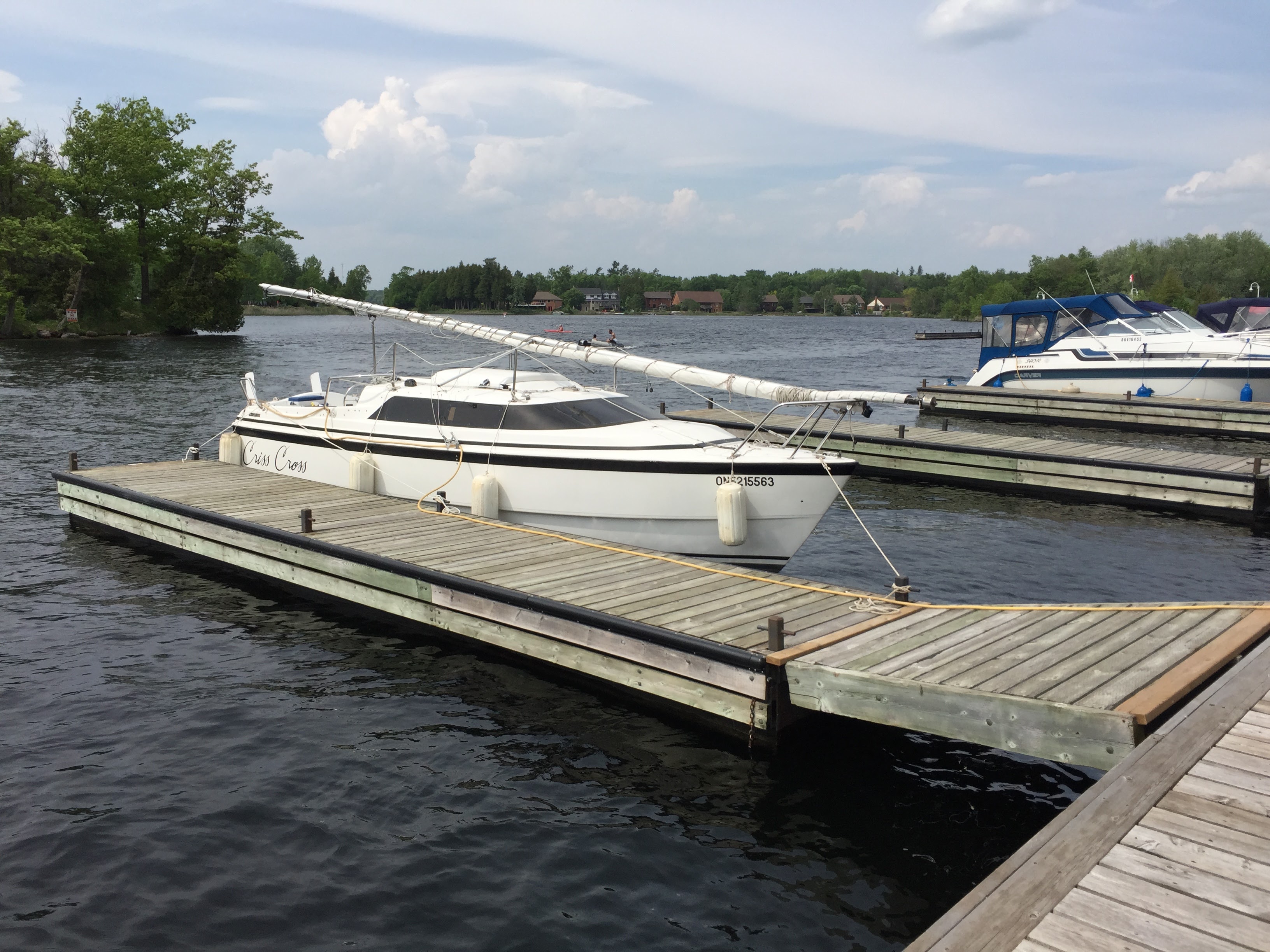
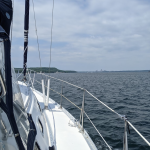
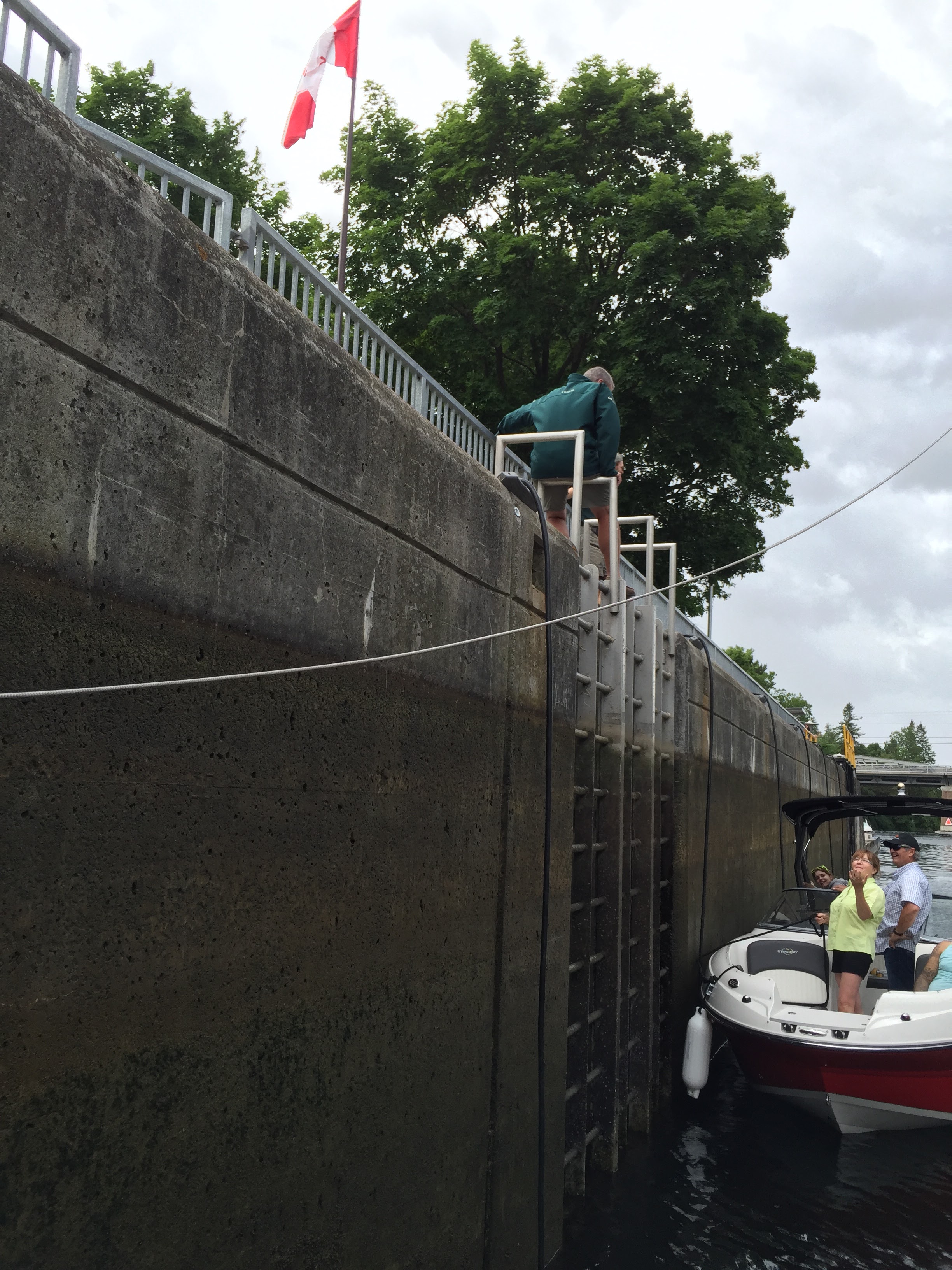
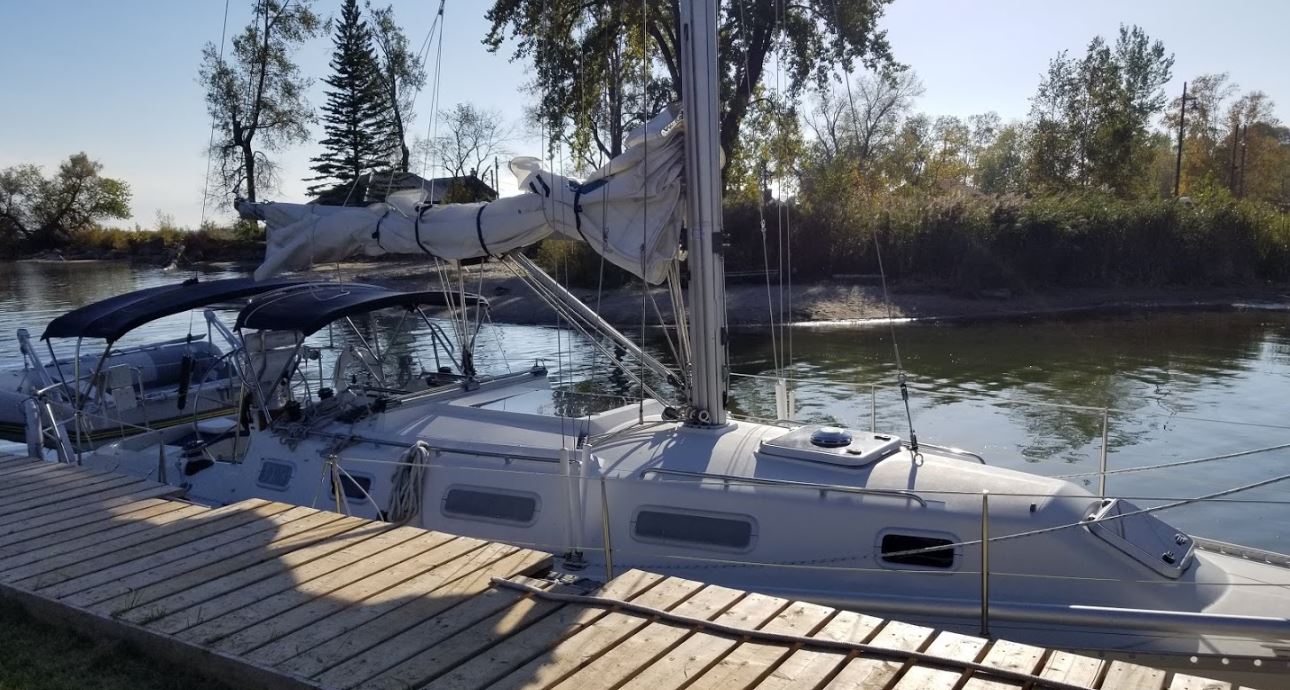
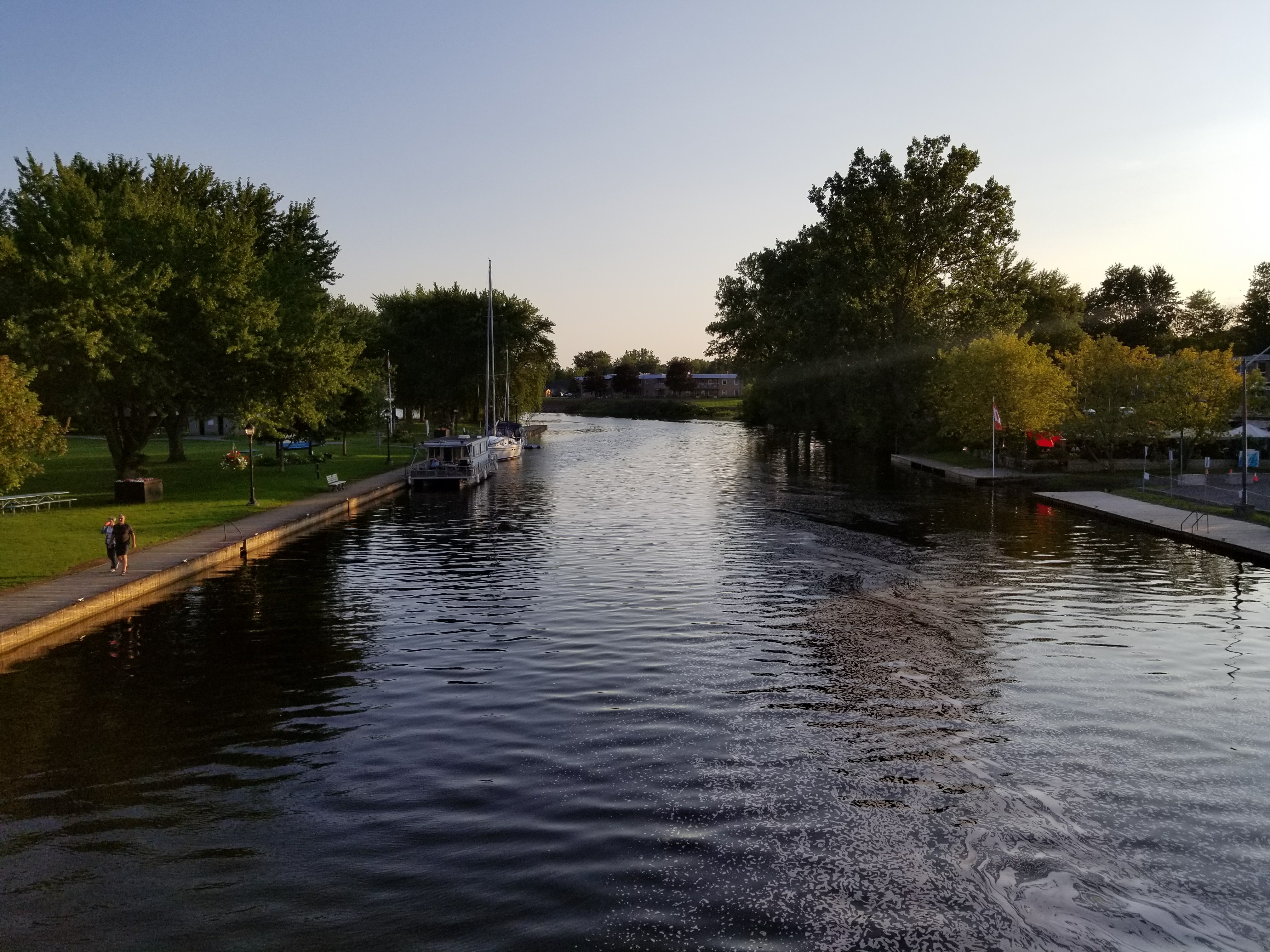
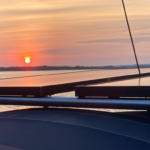
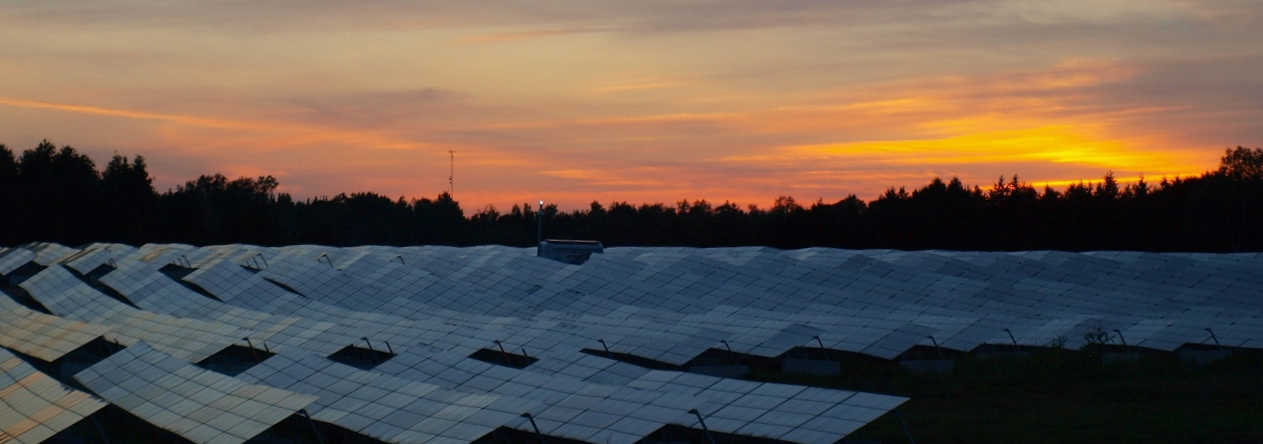
1 Pingback